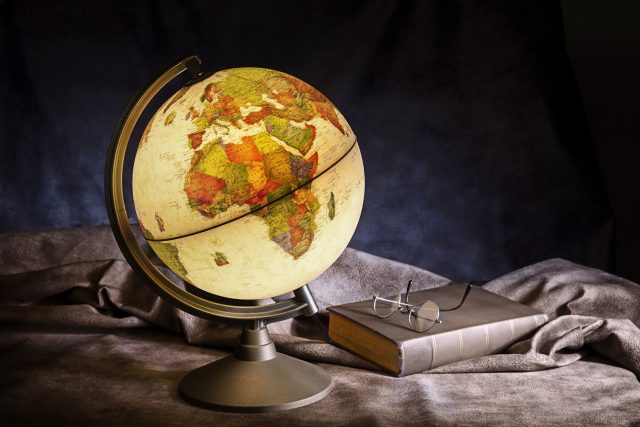Wine producing countries will no longer be referred to as Old World or New World in materials from the Court of Master Sommeliers, the body announced in its December newsletter.

It’s been a hot potato in wine circles for some time, and now one key organisation has taken a stand to remove the terms ‘Old World’ and ‘New World’ from its literature.
The US arm of the Court of Master Sommeliers announced in its December newsletter that it would no longer use the terms, a decision driven by its “commitment to uphold historical accuracy, eliminate cultural bias, and acknowledge the growing challenge of distinguishing between ‘Old World’ and ‘New World’ wines.”
Referencing “evolving styles” in a “dynamic wine landscape” the organisation revealed it will no longer feature Old World/New World terminology in its published materials or examination assessments.
The Wine & Spirit Education Trust (WSET) has also done away with the terms, as of summer 2022.
To db’s knowledge, the Institute for Masters of Wine (IMW) has not taken an official stance.
What’s in a name?
Old World has traditionally been used to describe European winemaking countries, while New World has been used to refer to Southern Hemisphere nations such as Australia, New Zealand, South Africa, Chile and the US. However, this belies the ancient winemaking roots of many of these latter countries.
Can we in good faith call China a New World wine country just because Chinese wine exports to Western countries are relatively new, when China has been making wine for its own domestic market for thousands of years?
In the same vein, some Argentine vineyards are home to ungrafted massal selections that came to Argentina in the late 1850s, making it challenging to describe such heritage vines as ‘new’.
Others in the trade understand New World wines to simply mean wines that are produced in countries where vines were transported from Europe (the old world of those vines) to a new destination (the new world or home of the exported vines). But as countries increasingly embrace and champion their indigenous grapes in the face of climate change, even this stance begins to feel stale.
There’s no escaping that for many wine producers the continued used of the terms is problematic.
Some are of the opinion that Old World denotes quality for consumers and that New World can be seen to suggest imitation rather than creation.
Adrianna Catena – who represents Argentine producer Catena Zapata’s interests in the UK – told the drinks business that binary thinking around Old Vs New World “over-simplifies and keeps you from seeing the good stuff.”
Who owns language?
Last year, Catena Zapata hosted a discussion on the subject of whether non-French countries should be able to use the term ‘Grand Cru’, which raised questions over the ownership of language.
With Grand Cru essentially referring to ‘the great vineyards’ or ‘wine from a special place’, co-host Dirceu Vianna Junior MW said, then “why not use it to denote superiority in wine anywhere in the world?”
Guests at the event pointed out that the term ‘terroir’ has become internationalised with almost every wine producing country using it to some extent, so why not Grand Cru?
“How often do you hear the Spanish or English equivalent for terroir?” Laura Catena asked.
This article originally appeared on the drinks business.




